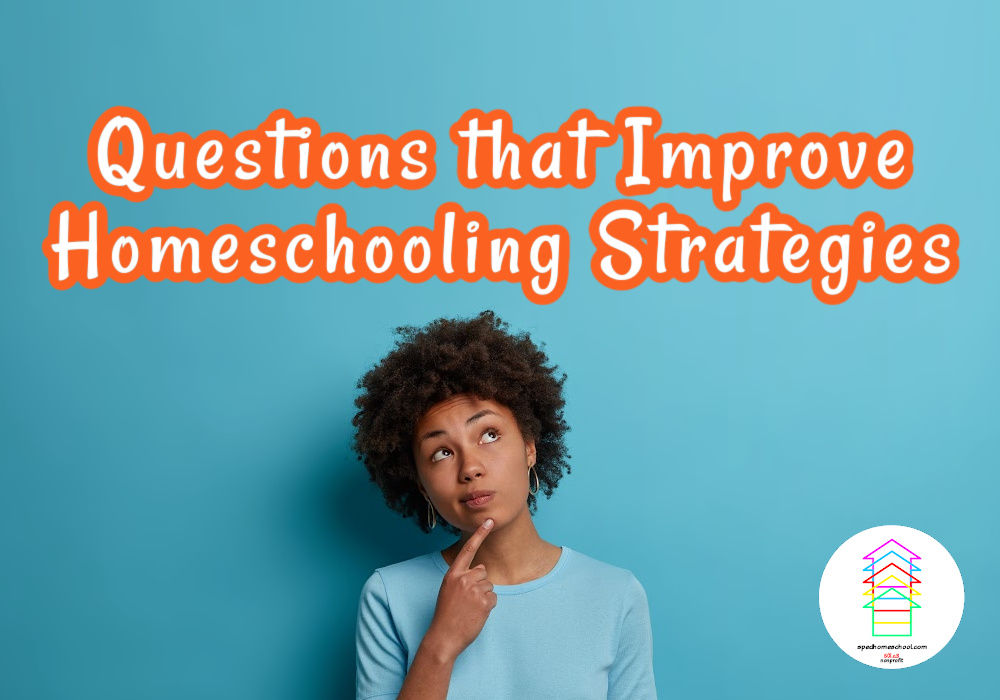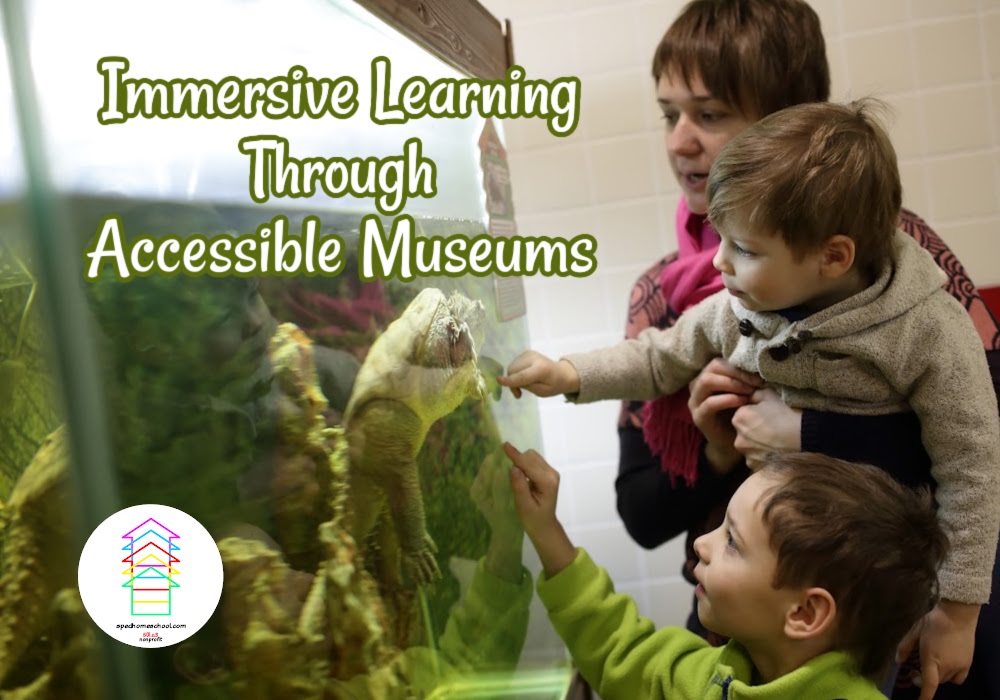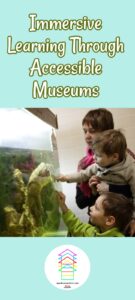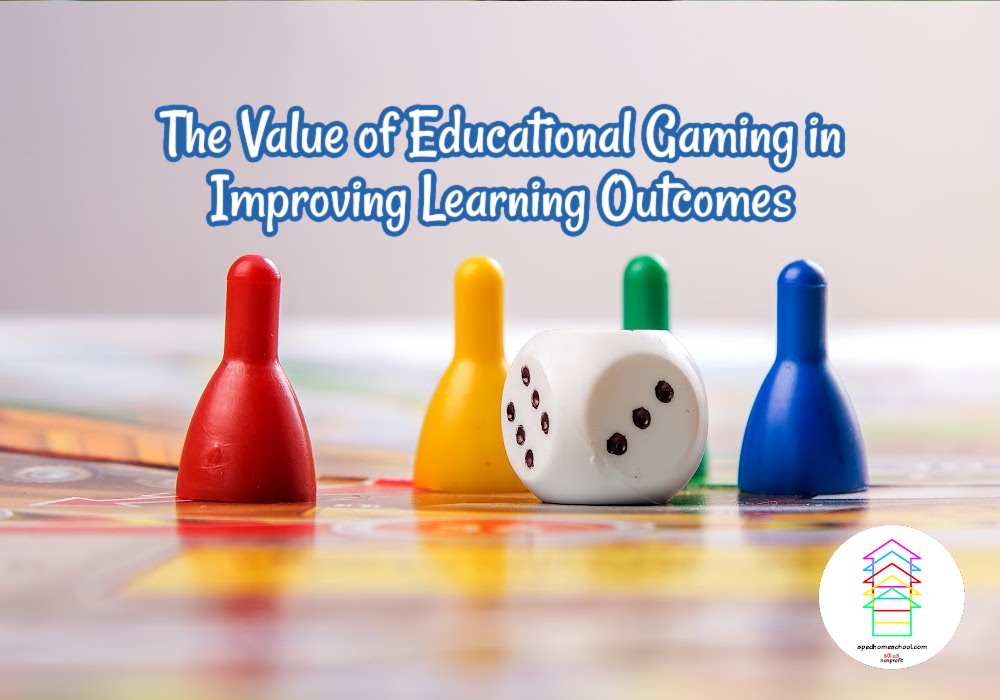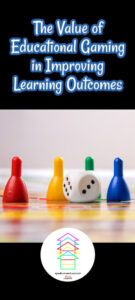Kids these days are bombarded with flashy pictures, jaw-dropping special effects, and other influences that help excite their minds and keep their attention; then, they are asked to sit in a boring classroom or look at a book and read something that they are not that interested in. It is truly a struggle to keep youths interested in doing schoolwork, with so many other opportunities around them. Why not help them with the best of both worlds?!
Hello, my name is Zack Edwards, and when I left high school, I hated many of my classes because of how they were taught. Educational materials could not hold my interest, this was besides my internal struggles. When I went to college, my professor asked me to write a one-page essay on a product that would change my world. Well, I loved to play games, and I didn’t like school, at least back in K-12. I thought, why not put the two together, to create educational games that excite the mind and eyes. That one assignment has become a successful business. Assisting students around the world in learning history, one of the hardest subjects to keep kids interested in, and we do it through games.
A History Lessons in Educational Gaming
In the past the problem with games, in some people’s minds, was that they were just for recreation. However, if you talk to students 95% of them love playing games. If they had a choice between games or school, the K-9th grade students would most likely choose playing games. Some would say school is “boring”, some would say, “it’s not relevant”, and others would say they are just “not interested in it.” How can we make education more enjoyable? By adding a little more gaming into their education.
Now there are many different ideas when it comes to educational gaming. You have the Game Schoolers, who promote that most or all of their education comes from playing games. On the other side you have parents that keep their kids away from games, because they are unproductive. I’d like to share with you the great middle ground where everyone wins, and I will also show you how to pick the best games for your children.
In a study back in the 1960s, the National Training Laboratory tested retention rates when it comes to activities in the classroom, and in daily lives. They found that, for the average learner, if the student reads information from a book they will retain 10-20% of what is read. If they watch videos, they will retain 30%. If they do activities or play games using the learning outcomes of Analyze, Define, Create, and Evaluate, they will keep up to 90% of the information they are learning. Those are astonishing numbers. Let’s investigate these four outcomes.
Analyze is the method of examining or learning about the topic, in detail. So, besides games, you need time to learn what you will do in the game; this is an effective precursor to trying to learn from any game.
Define is the method in which you use what you have learned in a way that allows you to show you actually understood the information. This allows us, as the teachers, to learn if the student has retained the information given to them. If they don’t understand it correctly, it will do no good to allow them to move forward.
Create is a state of using what you have learned in a relevant manner, to use motor skills to produce a type of motor memory in what you are learning. So, they need to use that information right away, in a topic such as history. How can they use this information? By teaching it to others, writing a story about it, or even playing a game that uses that information to build that type of motor memory.
Benefits of Educational Gaming
The greatest benefit of Educational Gaming is that the more times they play the game, the higher the likelihood is that they will remember the lessons learned. In learning history, we believe in the Law of Witnesses, meaning the more time you hear someone’s name, the more likely you are to remember it. Take history, for instance. If the player hears a name once, the information will go in one ear and out the other. There is very little retention created. However, if you play a game once, and then read about the person later, they will remember that person. The information learned about them becomes easier to retain after the second, third, or fourth time they hear it. They are creating a motor memory within their mind. Play a game 100 times, and hear that information in small bites and your brain is more willing to see the importance of that information, and will then store it where it is easily accessible. In addition, when a student can attach emotion to the information, they are more likely to retain it. Whether it’s the frustration or enjoyment of playing a game, that emotion will allow the student to retain that information easier, especially the enjoyment of playing a game they like.
Evaluation and reflecting on what you learned and or created is also essential. You must help the student reflect on what they learned or could accomplish. In traditional education, they can fill out a survey or journal entry on what they learned, while in games, you can talk about how they liked it and what they learned afterwards. In video games, they can reflect on what is called “leaderboards,” in the gaming industry. These are boards showing how you rank among others, but can also reflect some of the things they could have learned while playing the game. These are highly effective in evaluating what you learned and enticing you to try again, which continues building more motor memory.
How to Find Games that are Right for Your Student
Educational Gaming needs to be based on relevance, your child’s interests, and abilities. Try looking at games that meet these criteria, based on your experience with your student.
- Interests – Are your students interested in games? Would they be in the 95% of students that like games, any type of game? If they are, what games would they like? Are they more likely to play a physical game, or a video game? Do they like more physical challenges, 3rd person interaction with the program, or more strategic interactions, using boards or cards?
Look for games that appeal to them on a personal level. Using a game they aren’t interested in would only backfire, because they could feel resentment to use a program they have no interest in.
- Relevance–Just picking up any game and using it is not an effective way to succeed in education. There are games for recreation and there are those that are made for learning, and you can use both. One shouldn’t expect all games to fill in educational gaps, or help with creating motor memory in a specific topic. When evaluating a game, investigate how they will learn from the information they are gleaning from the game. Some are more effective than others.Look for games that are educational, but not too educational. Remember that when youth play games, they normally play for entertainment. Use games that give them small bites, especially for those in SPED. Learning in small chunks, through gaming, will make a world of difference for your student.
- Eye Catching–While your student may like games, there are those that are not the best when catching their interest and attention. Do your students like the flashy or the simple? Don’t buy a 6th grader a game that looks like it’s perfect for a kindergartener. The best way to find something they would like is to search out games that catch your eyes, as their parents or teacher. Remember that special effects these days are not very different for adults or kids. The things that catch your eye will also catch their eye. They may even need a little more – if you don’t like how a game looks, they will probably not as well.
- Needs–Especially in SPED, this is sometimes the most important factor. What do your students need for learning? For example, those that are dyslexic have a hard time reading, so giving them a rules manual or a book is not a good way to keep their attention, and doesn’t give them the tools to succeed. The best way to promote learning for someone with dyslexia, and other special needs, is to focus on small amounts of information and catching their interest. When someone with dyslexia is truly interested, that is when they will act on their own, and begin doing the work on their own. Addressing the needs of your students’ is the most important, especially with Educational Gaming. There are games out there that would be harder for some students, and there are games designed to appeal to everyone.
In closing, using games in learning, in this day and age, is a very effective way to grab your students’ interest, help them grow their excitement for learning, and increase their retention in what they are learning. While some games look like they are educational, there are other games that disguise education in the gameplay, allowing the student to be excited about what they are doing, while actually learning the entire time.
What to Look forward to in the Future
Historical Conquest is teaming up with other curriculum developers and game designers to create a video game system that will help students have a large range of games that are relevant to specific subjects, teach students different subjects without being too educational, and allow students to enjoy what they are learning. To begin this system, we are performing our analysis using the subject of history, (our strength), to test its effectiveness. This first portion of our system can be found at www.HuntThePast.com, which allows students to learn using a plethora of methodologies that they enjoy, including reading, videos, activities, audio, and now video games. While these games are currently digital, and some parents want their kids to get off their screens, all these games will be made available in physical form, as well. So stay tuned, keep watching, and please sign up to support this effort, by using the systems that we have so far, as we create a structure that will help students with all needs and interests on their learning adventure.
